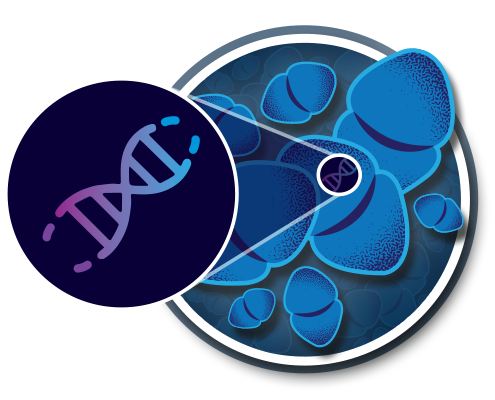
The history of studying UVC as a way to kill bacteria and other organisms dates back to as early as 1845, when it became known that microorganisms respond to light.
However, it was in 1877, when Downes and Blunt observed that exposing test tubes containing Pasteur’s solution to sunlight prevented the growth of microorganisms inside the tube and, upon increased exposure durations, the test tubes remained bacteria-free for several months.
These early investigations pointed to key factors that influence ultraviolet germicidal irradiation (UVGI):
- Inactivation of a given fraction of organisms is dependent on the dose of radiation received.
- Dose is the product of intensity and exposure duration.
- Inactivation is also dependent on the wavelength of received radiation.
Later, in 1980, Koch proved the lethal effect of sunlight on tuberculosis, which was an early indicator of the modern use of UV to combat TB infections.
Later, between 1933-1935 William F Wells shows droplet nuceli expectoration and shows that they can be killed in the air with UVC. Further, between 1937-1941, Wells later shows that upper room ultraviolet germicidal irradiation prevented measles spread in public schools. However, there has been difficulty replicating these findings.
These early findings laid the foundation for further research and scientific data on UVC disinfection.

